Vulture-feeding:
After lunch, residents and day guests at Victoria Falls Safari Lodge are treated to a special sight…
We were sitting on the deck and a guide invited us to go with him into the clearing in front of the lodge (usually out of bounds because of the elephants, hyenas and such walking around). In his hand he carried the remains of the lamb that had been roasted at The Boma restaurant the night before. Nothing like a ‘no wastage’ policy! We could see who this lamb was for – scores of cultures were already waiting in the trees. The vultures started circling in the sky above us as we walked into the clearing. The guide put the carcass on the ground and asked us to stand well away from it. Immediately the first birds landed and started tearing away the remains of the meat. Their beaks looked scarily sharp. Huge marabou storks waited in the background for small titbits that their blunter beaks would be able to pick up.
The vultures fought with each other on the ground and in the air for anything that they could get. The noise of their ferocious brawls as well as the smell of the day-old carcass gave us a small idea of their daily life. Their food, their survival, rests on the death of other animals. Yet they also help the living: they quickly consume carcasses which reduces pathogens and disease in more vulnerable animals.
The guide explained that this lamb carcass wasn’t enough for the vultures to live on – they would still need to find food elsewhere. It was important that they didn’t become dependent on humans and that the ecosystem in the area was maintained.
Here’s a video of the vulture-feeding in action:
River cruise:
That evening we went on a riverboat trip along the Zambezi river – a so-called “booze cruise”. We were picked up at the lodge by a tour truck, our driver talking with us and joking with us as we went. We stopped on the banks, 4km downstream from Victoria Falls. A group of traditional dancers greeted us on the jetty, singing and dancing. I thought this was a bit out-of-place for a boat trip, but some guests really liked it. We got on a not very pretty boat, but it had open sides so that we could see the full beauty of the river around us. I’m glad our boat was small – we saw some huge ones elsewhere on the river that looked very impersonal. There were a few other tables of people on our boat – a group of Australians, one of whom was an ex-Rhodesian, who told us of their travels so far through Zambia, and their plans for the next stop: Chobe in Botswana. They had loved their visit to Victoria Falls. There was also a table of Japanese people (including the lady who had danced at The Boma the night before). Even though many of us had never met, there was a sense of joviality and friendliness on the boat, and by the end of the trip everyone was taking photos of their new friends.
The captain (who had also been the driver who had picked us up from the lodge!) introduced himself, and two other men: the barman and the waiter. He explained that if our boat were just 2 kilometres closer to the falls, the current would be too strong and we would be pulled over the edge. To our right was Zambia, to our left, Zimbabwe. The Japanese guide stood next to him and translated after every few phrases, which produced much clapping and smiling from her table.
The boat pulled off, and we ordered our drinks (included in the trip). For me, it had to be a Zambezi beer – just so that I could say I drank a Zambezi while on the Zambezi. Ben had his favourite, Bohlingers beer, also produced in Zimbabwe. We first went to a small island in the middle of the river, where we saw a crocodile, much to the delight of our Japanese friends on the boat. It was lovely to be surrounded by water and to imagine how it seemed so peaceful now, but further downstream turned into the torrent of power, the spray of which was visible on the horizon. We passed the a’Zambezi River Lodge and some of the National Parks lodges (Zambezi Camp) which looked idyllic, right on the banks of the river. There were a fair few other boats on the water, which we waved to as we passed. We saw a huge hippo in a bay, who kindly kept above water for almost the whole time, allowing us to get a good view of his pink ears.
There were loads of palm trees growing on the edge, which must have been carried downsteam from tropical countries up north. Along with limitless drinks, we were given snacks – chicken goujons, crocodile tail bites, spring rolls and crisps. As the sun quickly lowered in the sky, we were rewarded with the view we came for – an orange sun glistening on the dark Zambezi water.
On the way back to out lodge, our driver-captain spoke of the changes in Victoria Falls over the past few years, citing, 2008 as the absolute low point for Zimbabwe, as everyone else does. “No fuel, no visitors, no money, no food”, he said. Things have improved since then, with the change to the US Dollar and the slow increase in tourists. This is leading to developments at the falls all the time, as well as in his home village, which now has more shops, an expanded hospital wing, and a fast food joint!
That evening we had a braai at our lodge, and as we went to sleep we heard a hyena’s whoop in the distance. Here’s the next post about what we did on our last day in Victoria Falls.
Previous post in series: The roadtrip that roared: #6
First post of series: The roadtrip that roared: intro

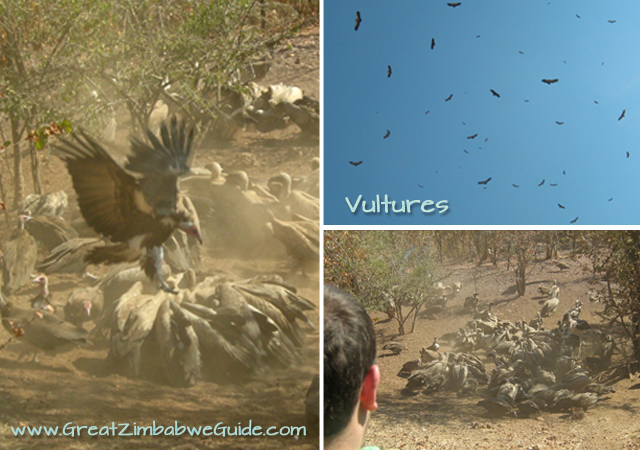
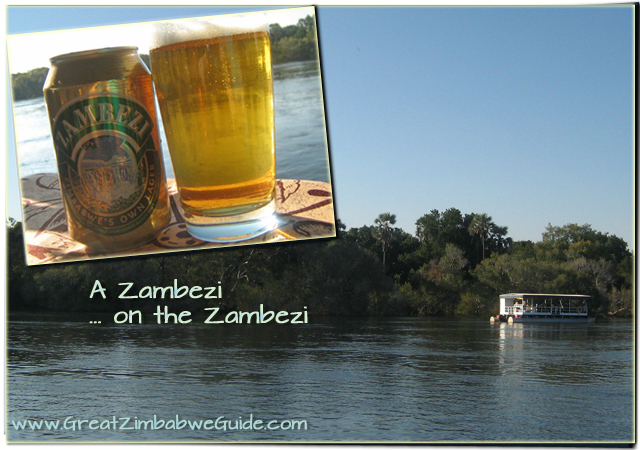
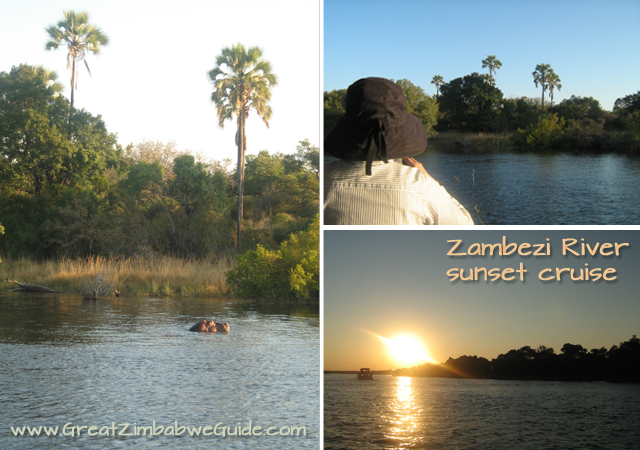
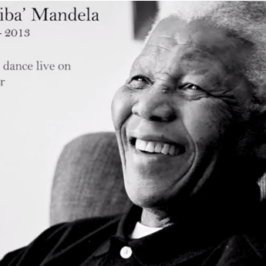
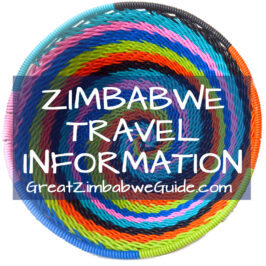
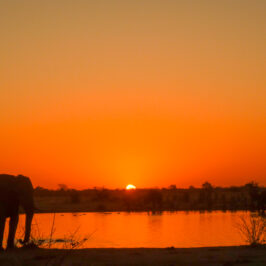
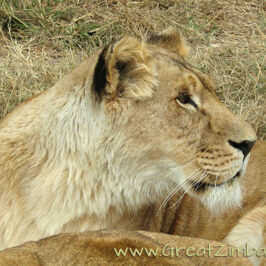
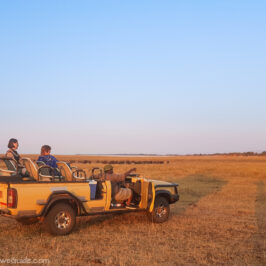
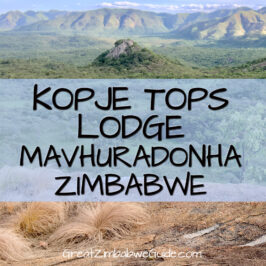

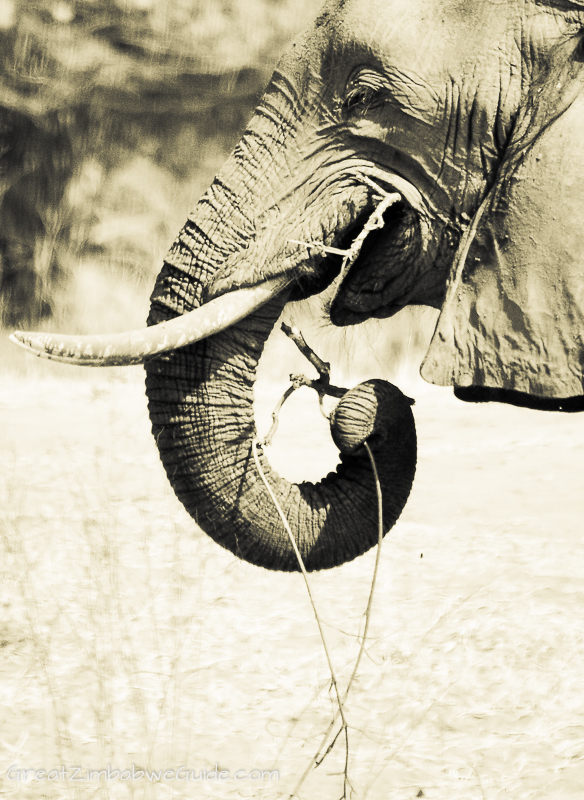
Leave a Reply